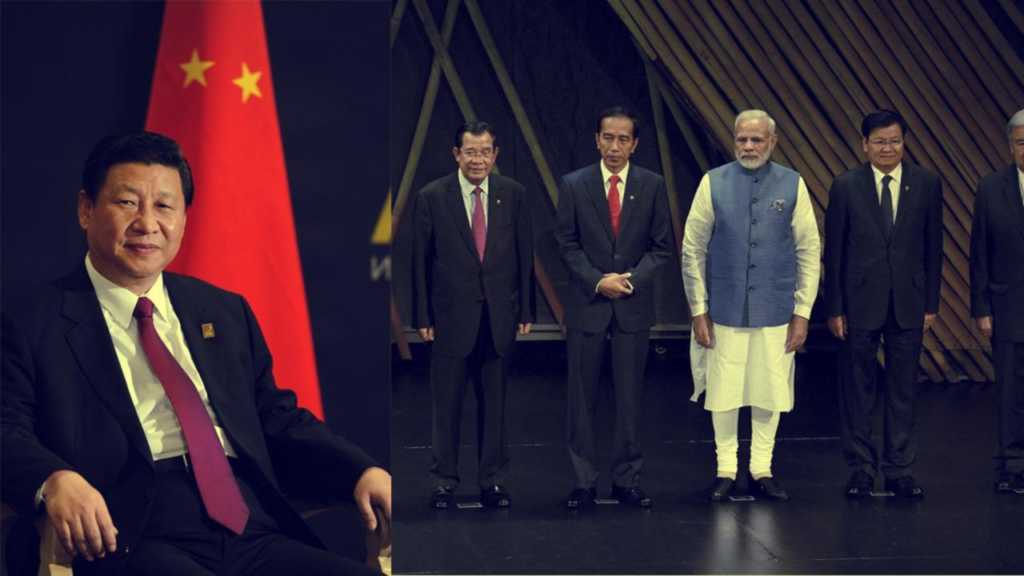Leaders of India and ASEAN on 25th January discussed ways to boost Maritime Security, connectivity and trade as Prime Minister Modi asserted that India shares the ASEAN vision for rule-based societies and pitched for freedom of navigation in the region. Prime Minister Modi underscored the ever-evolving ASEAN India partnership terming the summit as the grand finale of the joint year long commemorative activities organized among the nations. He further touched on the religious ties that bind all the nations. On the diplomatic ties, the Prime Minister stressed that ASEAN is at the centre of India’s “Act East” Policy. He also expressed India’s commitment to work with the ASEAN nations to enhance collaboration in the maritime domain. In this article, we will analyse the takeaways from the summit.
What were the key takeaways from the summit?
First of all, the key takeaway from the Prime Minister’s statement at plenary was that there are huge opportunities that await both India and ASEAN to strengthen their relations and these stronger ties are going to be beneficial and advantageous not only for India or ASEAN, but also for the region and the world in terms of security, stability and prosperity. The Prime Minister pressed all the right buttons as he first of all talked about maritime security because that is an issue which has become alive with a number of ASEAN nations and the major five of them being Vietnam, Philippines, Brunei, Indonesia and Malaysia.
As far as India is concerned, the expansionist policies of China in the South China Sea have become a cause of worry and therefore he stressed upon the fact that there has to be a rule of law. He particularly mentioned the primacy of the United Nations Convention on law of the Seas 1982 which should govern the relations there. Then, he stressed upon how significant the economic relations are and it was echoed by the Prime Minister of Singapore who is now the chair for the upcoming year. The third aspect is that we have been talking about connecting our north eastern states through the trilateral highway through Myanmar to Thailand and beyond to Laos, Cambodia and Vietnam. So, maritime, air, digital and physical connectivity was also a highlight point since most of the countries in the world are connected to India but much of ASEAN is not linked. Then, he also brought in the thousand year of our relationship in Ramayana and Buddhism.
This is a historic occasion since all the 10 heads of the ASEAN nations were the chief guests at the Republic Day parade. What is worrisome here is the public perception of the whole relationship. If you read the strategic analysts in the leading newspapers(Containment) and other media, a narrative is being created that the whole effort of having ASEAN heads in India is to contain China .
If you listen to the speeches of Prime Minister and read the readouts of the Prime Minister’s meetings, this is not true at all. For example, the Prime Minister mentioned the idea of declaring 2019 as a year of tourism and then mentioned about connectivity. The immediate reaction from the media was that connectivity and maritime cooperation involves freedom of navigation in south China sea and restraining China.
That is not what the Prime Minister meant at all. The government is trying to give a creative spin to the whole relationship as India can do so much with the ASEAN and the effort from the side of government is not to contain China. There is no point bringing China into our relationship with the ASEAN as it was coming up of India and ASEAN together on a bilateral front. The public perception created by some of the media and strategic analysts who feel that the environment in the country is very conducive to China bashing is very unfortunate and doesn’t help in relationship with ASEAN at all.
Lastly, there is a big economic potential with ASEAN which is still untapped. This is one way of looking at it. But speaking broadly, it is a broader integration of Asian economy. If this is going to be an Asian century, the broader Asian Economic Integration is something in which ASEAN and India want to play a very determining role. If this is so, India was possibly less active in contributing to overall Asian Economic Integration landscape and this event is a manifestation of really acting in our Act East policy. Nobody can deny the fact that Asian century cannot be brought out only by India and ASEAN. There is a need of cooperative framework where Japan, China, Australia, New Zealand and other countries will have to play a very proactive role. India has to play a major role in reconnecting East Asia to West Asia and the presence of all the ASEAN heads is a positive start in that direction.
There is a tremendous potential and we just need to strike the right chords between India and ASEAN on a bilateral front. What Prime Minister Modi is trying to do in terms of Act East Policy and if the services and investment agreement is ratified by all the ASEAN countries, within next 5 years, the present level of trade and linkages can be doubled. All that is requires is to create a right public perception which is being misled by some biased intelligentsia and a few media channels.
